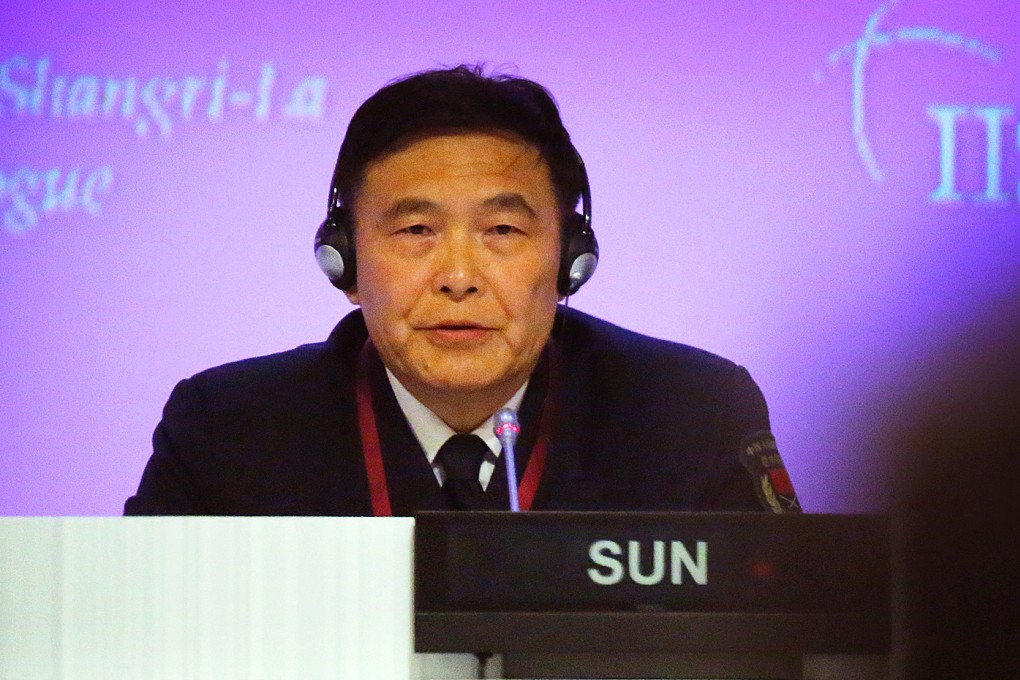China takes two-track approach to censoring Shangri-La Dialogue coverage
State media’s Chinese reports reined in, while its foreign-language reports are given a free rein

Beijing imposed a two-track propaganda strategy on state media during the security forum in Singapore last week, banning the coverage of tensions in the South China Sea in Chinese-language reports, but allowing it in foreign-language reports.
While overseas media focused on South China Sea issues during the annual Shangri-La Dialogue from Friday to Sunday, state media reporting in Chinese were told not to cover the topic, to avoid stoking nationalism.
“The order came from high up, probably from the Communist Party’s top publicity department, not from our editorial section head,” one reporter told the South China Morning Post.
However, journalists at state-owned media outlets reporting in foreign languages were exempted from the censorship. Correspondents and hosts from Central Television’s English-language channel were allowed to talk to foreign delegates and experts on the issue.
Some young journalists reporting in Chinese got around the censorship by sending live broadcasts to their head offices, without sending written scripts – a popular measure at state media outlets to avoid being censored by propaganda departments.
“For many years, foreign-language journalists working for state media on the mainland have enjoyed more privileges than their Chinese-language colleagues because of their different audiences,” Qiao Mu, dean of the Centre for International Communication Studies at Beijing Foreign Studies University, said.
“The propaganda leaders believe common civilians watching Chinese channels and reading Chinese newspapers are easily incited to nationalism.